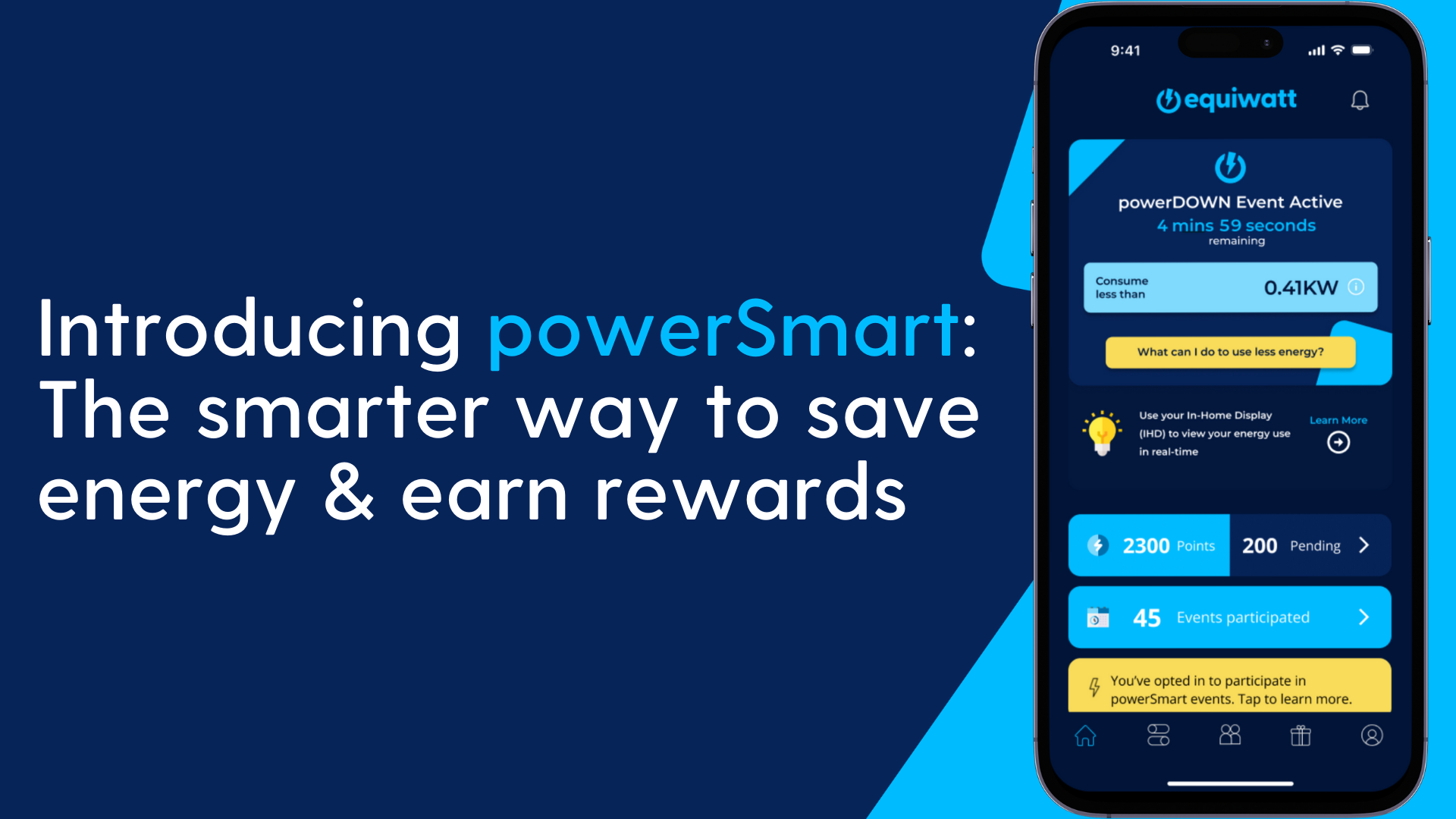
There are a number of ways to make sure that you are saving as much energy and CO2 as possible when taking part in equivents with equiwatt. And the more energy you save, the more points and rewards you earn! We have put together a few things to consider when thinking about what more you can do to save energy and create the biggest collective community impact possible.
Connect to a higher consuming appliance
.png?width=600&name=Blog%20post%20images%20(3).png)
It might seem obvious, but the more energy an appliance consumes, the higher its carbon footprint will be as more electricity needs to be generated to power it. As energy companies rely on power from additional power plants, which are big producers of CO2, to meet demand at peak times (e.g. at 7 pm when everyone is watching television!) more CO2 is saved within our energy system when higher consuming appliances are switched off during these peak hours.
So, if you are looking to save more energy and CO2 by participating in equivents then one of the best ways is to make sure that your Smart Plug is connected to a high energy-consuming appliance. This is because equivents take place during these peak times to reduce the need for these additional power plants being used. The more energy that we can remove from the grid as a community, the more energy and CO2 we will save.
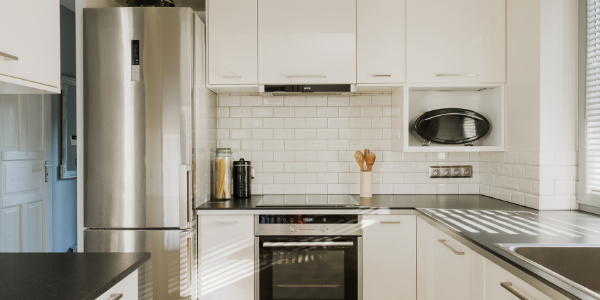
For example, connecting a Smart Plug to a lamp or mobile phone charger will not save much energy when it is switched off during an equivent, as it doesn’t use much energy in the first place. However, connecting a fridge/freezer, electric drying rack, electric heater, washing machine or tumble dryer will save much more energy and CO2 when participating in an equivent.
The table below shows the average energy consumption of a range of typical household appliances to give you a sense of which high consuming appliances you could connect.
| Appliance | Average Power Rating (Watts) |
| Tumble Dryer | 2000-3000 W |
| Washing Machine | 1200-3000 W |
| Electric Heater | 500-3000 W |
| Dishwasher | 1050–1500 W |
| Microwave | 600-1500 W |
| Water Feature | 60-950 W |
| Dehumidifier | 300-700 W |
| Heated Drying Rack | 300 W |
| Fridge / Freezer | 200-400 W |
| Freezer | 150 W |
| Television | 125-200 W |
| Desktop Computer | 80-200 W |
| Fridge | 40-120 W |
| Games Console | 45-190 W |
| Laptop | 20-65 W |
| Lamp | 5-60W |
| Phone Charger | 2.5-5.0 W |
This table lists common appliances and a typical power rating or a range (the actual power rating can vary a lot depending on size and model). Average power data taken from the Centre for Sustainable Energy & Generatorist.
Connect to an appliance that you use a lot
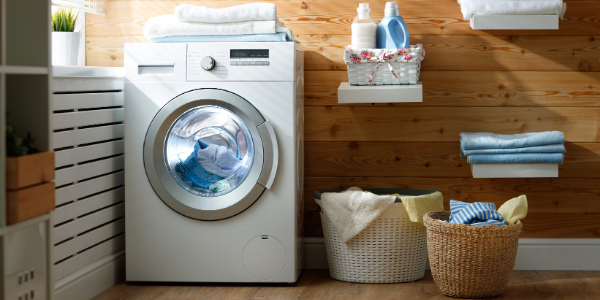
Although connecting a high energy-consuming appliance is an important step to saving the most amount of energy and CO2 possible, it is also important to consider the frequency with which an appliance is used.
For example, cyclical appliances like a washing machine, dishwasher or tumble dryer consume a lot of energy but they are only on for a couple of hours at a time. As equivents happen for up to 1 hour period, 2-3 times a week, you need to consider whether these appliances are likely to be on when an equivent occurs.
If you regularly wash clothes or use your tumble dryer, it would be a good idea to connect these appliances to your Smart Plug as they would save a lot of energy and CO2 by participating in equivents and earn you a lot of points in the process.
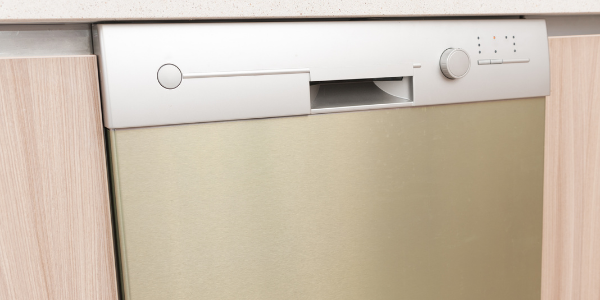
On the other hand, if you rarely use your washing machine, you might find that you will save more energy by connecting an appliance that is in use more frequently. An excellent example of this would be a fridge or freezer as they consume power pretty much 24/7 and are therefore much more consistent users of power.
You could also get inventive about what you connect to. For example, we have equiwatt users who use their Smart Plugs (via indoor power supplies) to connect to mains powered electric pumps for garden ponds and water features!
Connect more plugs
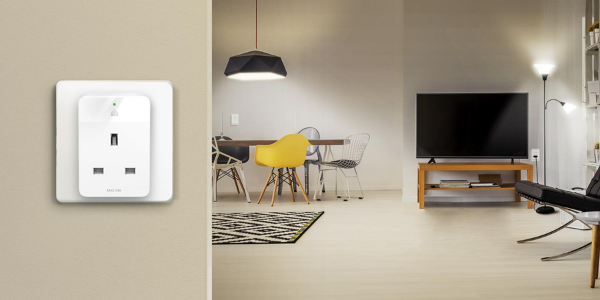
One of the easiest ways to save more energy with equiwatt is to connect more devices to the app. The best way to do this is by connecting additional appliances to more Smart Plugs. It probably seems pretty obvious but the more plugs that you connect, the more energy and CO2 you will save. You will also have the added benefit of earning more points from each equivent too!
Although Smart Plugs might seem like an investment, they can often be purchased for less than £20 each. When you consider that they can be used to remotely switch off your connected appliances, be set to timers and help you save more energy and reduce your carbon footprint by participating in equivents, it is easy to see how they are worth the investment.
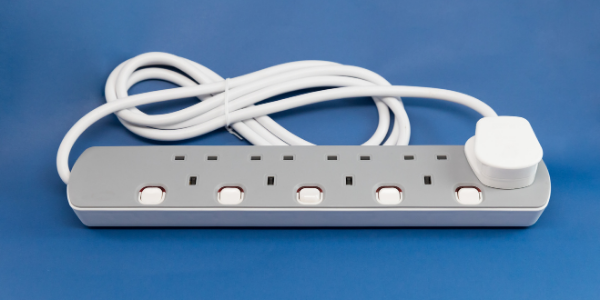
An alternative tip is to connect an extension lead to a Smart Plug in the wall then plug 2 appliances into the extension lead. For example, if you have a larder fridge and larder freezer standing next to each other, then plug them into the same extension and one single Smart Plug will mean both appliances take part in an equivent.
Of course, you don’t have to buy additional plugs if you don’t want to. A great way to earn yourself another plug is by using your points to redeem one from our gift store. An easy way to earn enough points to redeem one is to make sure that you are competing in our monthly prizes and spot prize events, as these offer you the opportunity to earn bonus points through participating in equivents.








